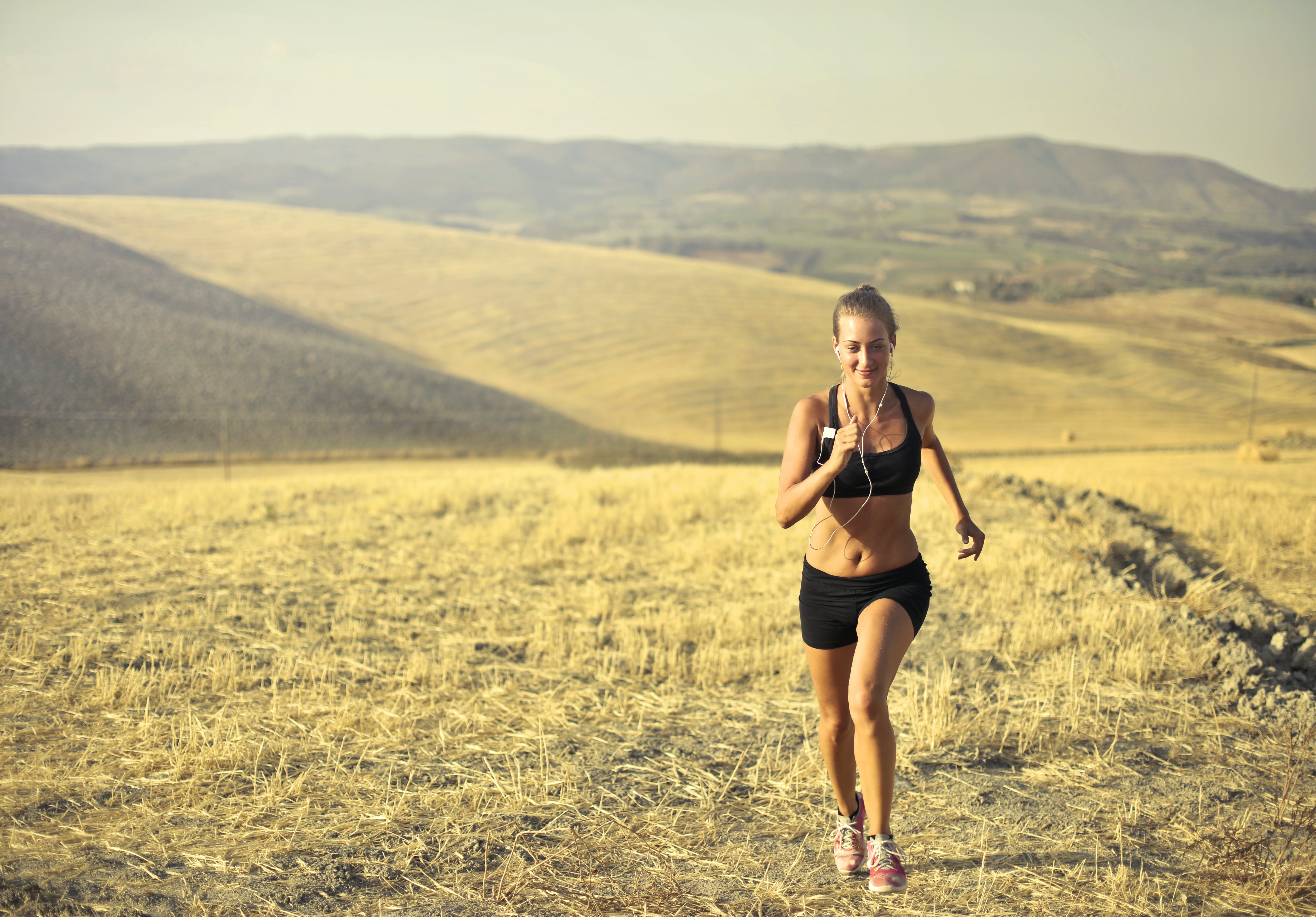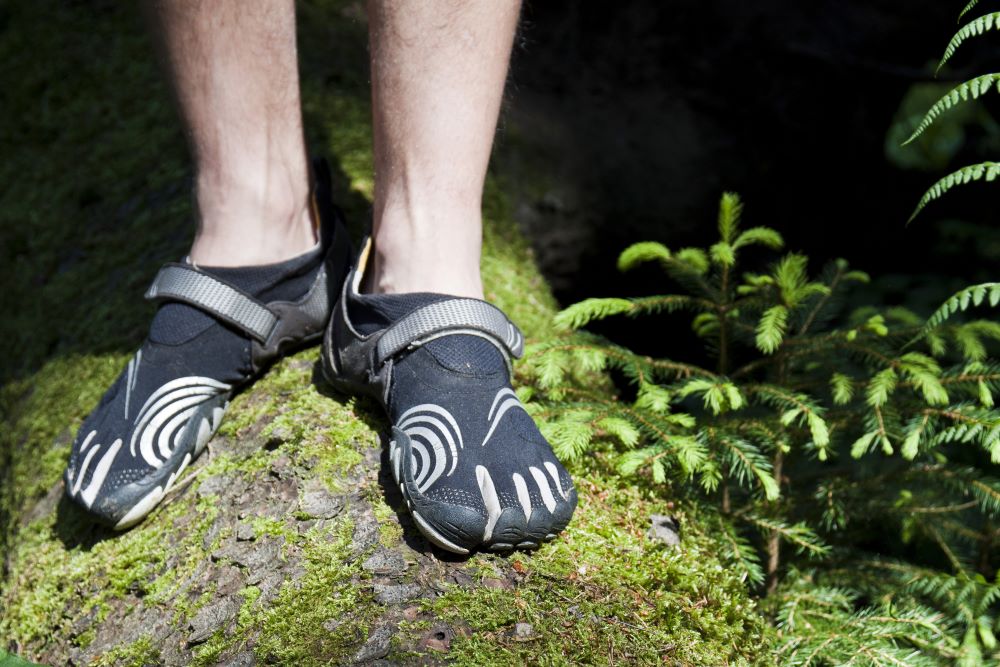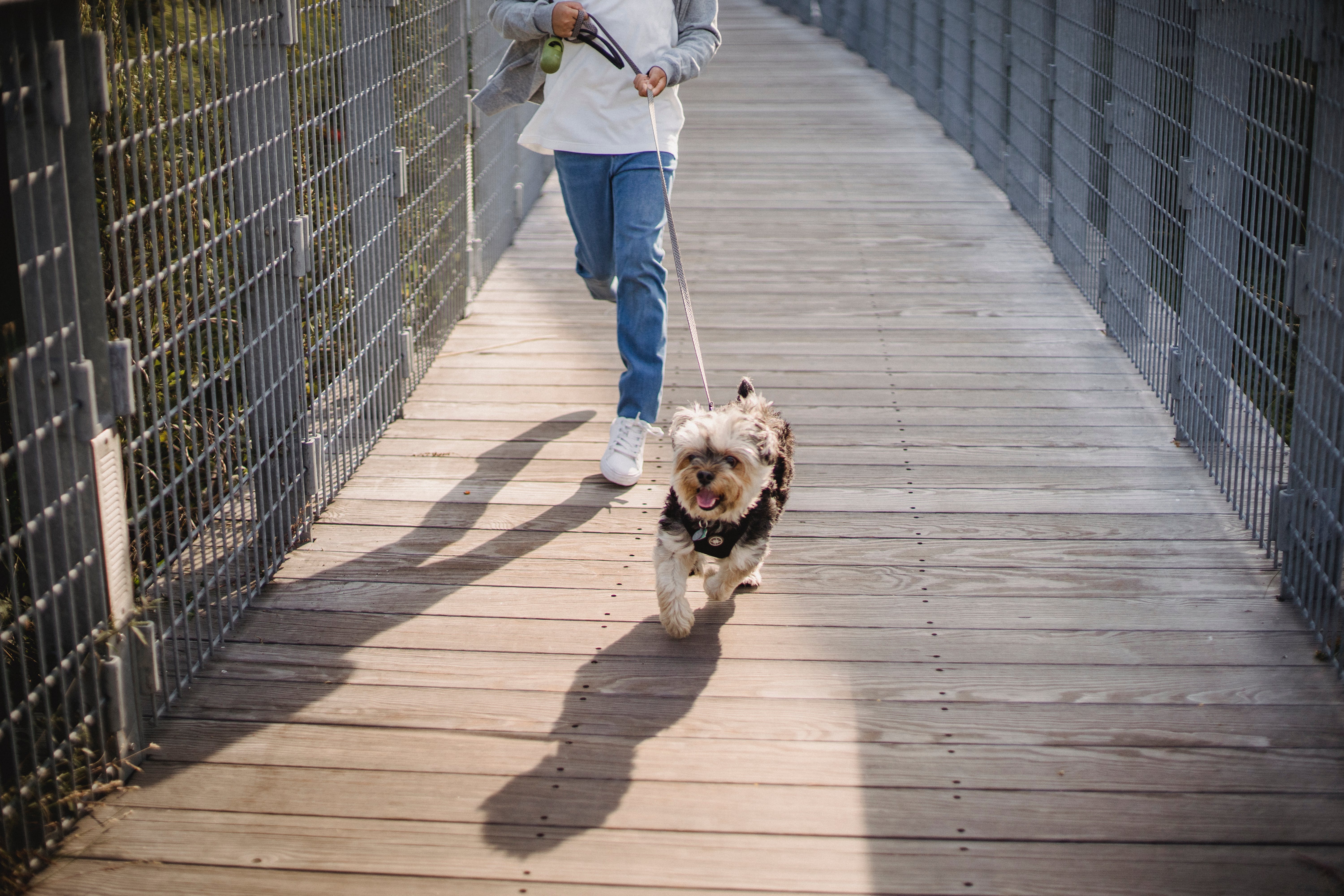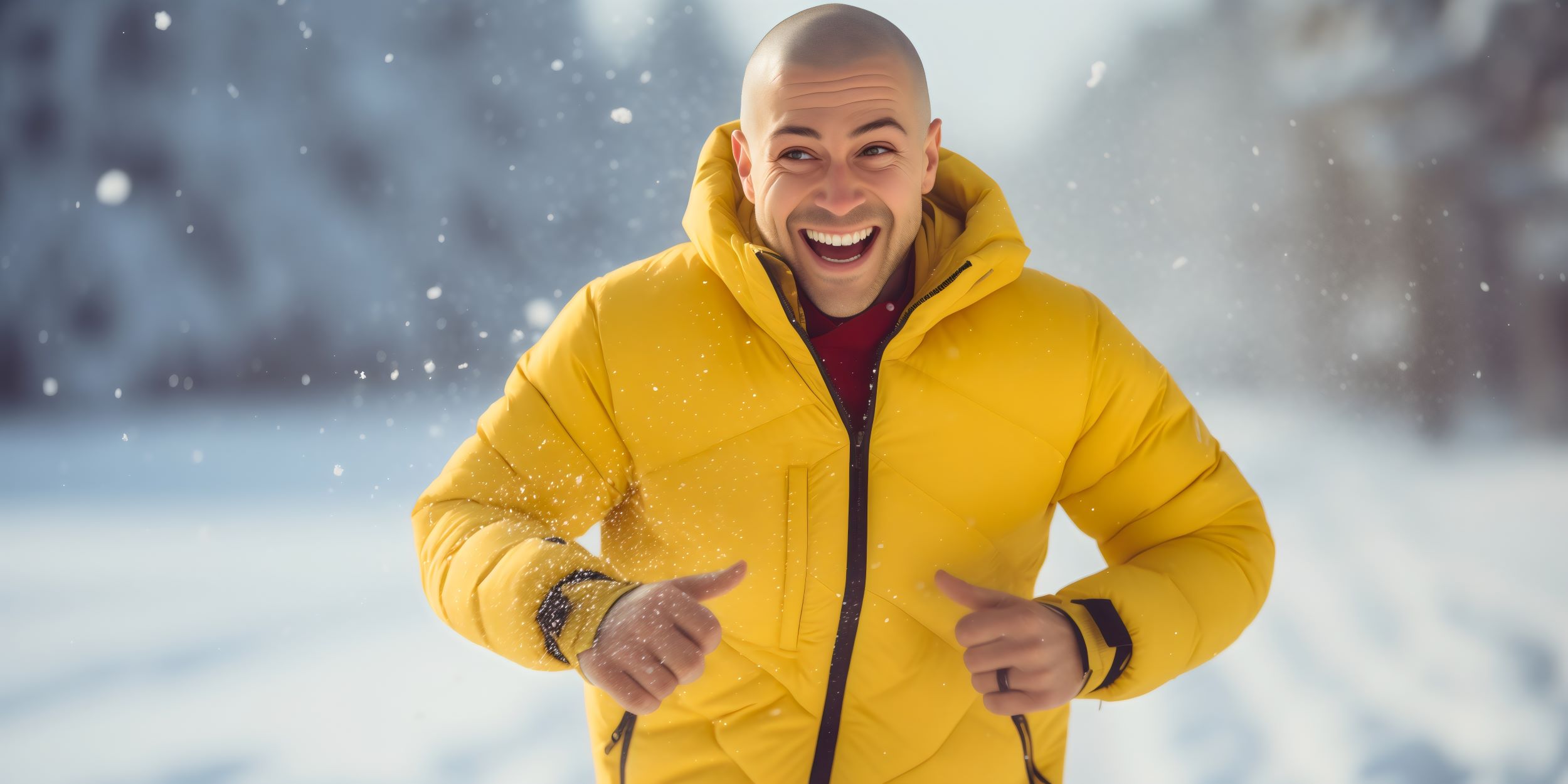In recent years, barefoot running has gained significant traction among running enthusiasts and professional athletes alike. The concept is straightforward: ditch your traditional running shoes and embrace the natural movement of running with minimal or no footwear. This approach aims to enhance your running efficiency, strengthen the muscles in your feet and lower legs, and offer a more natural running experience.
Advocates of barefoot running often point out that it encourages a forefoot or midfoot strike, which can help reduce the impact forces typically associated with heel striking. This can potentially lead to fewer injuries and a more efficient running form. However, transitioning to barefoot running requires careful attention to technique and a gradual adaptation period to avoid overuse injuries.
Whether you’re a seasoned runner looking to switch things up or a beginner intrigued by the idea of more natural running, mastering the barefoot running techniques is crucial. In this article, we will explore the fundamentals of barefoot running, including the benefits, proper form, and tips for a safe and injury-free transition.
Visit our website to learn more and get started today! Click here.
Benefits of Barefoot Running

One of the primary reasons many runners are turning to barefoot running is the myriad of benefits it offers. Understanding these benefits can help you decide if this approach aligns with your fitness goals.
1. Improved Running Form: Barefoot running naturally encourages a forefoot or midfoot strike, which can lead to a more efficient running form. This reduces the impact on your joints and minimizes the risk of common running injuries.
2. Stronger Feet and Lower Legs: Running without the support of cushioned shoes forces your feet and lower leg muscles to work harder. Over time, this can result in stronger, more resilient muscles and tendons.
3. Enhanced Proprioception: Barefoot running enhances your awareness of the ground beneath you. This increased proprioception can improve your balance and coordination, making you a more agile runner.
4. Potential Reduction in Injuries: Traditional running shoes can sometimes mask poor running mechanics, leading to repetitive strain injuries. Barefoot running encourages a more natural gait, which may help reduce the incidence of injuries like plantar fasciitis, shin splints, and runner’s knee.
5. Better Posture and Alignment: Running barefoot can promote better posture and body alignment. With a more natural stride, your body learns to move more efficiently, which can also benefit your overall posture in daily activities.
By understanding these benefits, you can make an informed decision about incorporating barefoot running into your routine. However, it’s essential to transition gradually and pay attention to your body’s signals to fully reap the rewards without risking injury.
Proper Form and Technique

Mastering the proper form and technique is crucial for a successful barefoot running experience. Unlike traditional running, barefoot running requires a more conscious approach to each step you take.
1. Start with a Forefoot or Midfoot Strike: One of the most significant changes you’ll need to make is striking the ground with your forefoot or midfoot, rather than your heel. This technique helps to absorb the shock and distribute the impact more evenly across your foot.
2. Shorten Your Stride: Barefoot running encourages shorter, quicker strides. This not only reduces the impact on your feet and legs but also helps maintain a faster cadence, which can improve your overall running efficiency.
3. Maintain an Upright Posture: Keep your body upright with a slight forward lean from the ankles. Avoid leaning too far forward or backward as this can lead to improper form and potential injuries. Your head should be aligned with your spine, and your gaze should be focused ahead.
4. Engage Your Core: A strong core is essential in barefoot running. Engaging your core muscles can help stabilize your body and maintain proper alignment, reducing the risk of injury.
5. Relax Your Feet and Ankles: While it might be tempting to tense up, relaxation is key. Keep your feet and ankles loose to allow for natural movement and better ground adaptation.
Implementing these techniques may take time, but consistency is key. Practice regularly and be patient with yourself as you transition to this new running style. Remember, the goal is to develop a more natural and efficient running form that can lead to better performance and fewer injuries.
Transitioning to Barefoot Running
Transitioning to barefoot running is a process that requires patience, gradual progression, and listening to your body. Here are essential steps to ensure a smooth and injury-free transition:
1. Start Slow: Begin by incorporating short barefoot runs into your routine. Start with just 5-10 minutes of barefoot running at the end of your regular runs. Gradually increase the duration as your feet and lower legs adapt to the new form.
2. Strengthen Your Feet: Strengthening exercises can help prepare your feet for the demands of barefoot running. Focus on exercises like toe curls, calf raises, and balance drills. These exercises can help build the necessary muscle strength and stability.
3. Choose the Right Terrain: Initially, run on soft surfaces such as grass, dirt trails, or rubber tracks. These surfaces are gentler on your feet and can help you adjust to the new running style without causing excessive impact or discomfort.
4. Listen to Your Body: Pay close attention to any signs of discomfort or fatigue in your feet, ankles, or calves. If you experience pain, take a break and allow your body to recover. Rushing the transition can lead to injuries.
5. Gradually Increase Mileage: Once you feel comfortable with short barefoot runs, gradually increase your mileage. A good rule of thumb is to increase your barefoot running distance by no more than 10% per week to prevent overuse injuries.
6. Incorporate Recovery Time: Give your body sufficient time to recover between barefoot runs. Rest days are crucial to allow your muscles and tissues to adapt and strengthen.
Transitioning to barefoot running is a rewarding journey that can lead to improved running form, enhanced performance, and a deeper connection with your body. Remember, the key is to be patient and consistent, allowing your body to adapt naturally to this new way of running.
Common Mistakes to Avoid

While barefoot running offers numerous benefits, it’s essential to be aware of common mistakes that can hinder your progress and lead to injuries. Here are some pitfalls to avoid:
1. Transitioning Too Quickly: One of the most common mistakes is making the switch to barefoot running too rapidly. Your feet and lower legs need time to adapt to the new demands. Avoid the temptation to increase your mileage or intensity too soon. Slow and steady wins the race.
2. Ignoring Pain: Pain is your body’s way of signaling that something is wrong. Ignoring discomfort, especially in your feet, ankles, or calves, can lead to serious injuries. Always listen to your body and take rest days or modify your training if necessary.
3. Running on Hard Surfaces Too Soon: Barefoot running on hard surfaces like concrete can cause excessive stress on your feet and joints. Start on softer terrains such as grass or dirt trails before gradually incorporating harder surfaces as your feet become stronger.
4. Overstriding: Overstriding, or landing with your foot too far in front of your body, can increase the impact on your heels and lead to injuries. Focus on landing with a midfoot or forefoot strike directly underneath your hips to reduce strain and improve efficiency.
5. Neglecting Foot Care: Barefoot running exposes your feet to various elements, making it crucial to maintain proper foot hygiene. Regularly check for cuts, blisters, or infections, and keep your feet clean and dry to prevent issues.
6. Skipping Strength Training: Strong feet and lower legs are essential for barefoot running. Neglecting strength training can leave you more susceptible to injuries. Incorporate exercises like calf raises, toe curls, and balance drills to build the necessary strength.
By avoiding these common mistakes, you can enjoy a safer and more effective barefoot running experience. Remember, the journey to mastering barefoot running techniques requires patience, awareness, and a commitment to proper form and gradual progression.
Tips for Successful Barefoot Runs

Embarking on your barefoot running journey can be both exhilarating and challenging. To ensure your success and minimize the risk of injury, it’s essential to follow some tried-and-true tips:
1. Start Slow: Begin with short distances to allow your feet and legs to adapt to the new demands. Gradually increase your mileage as your body becomes more accustomed to barefoot running.
2. Focus on Form: Proper form is crucial in barefoot running. Aim for a midfoot or forefoot strike and maintain a slight forward lean from the ankles. Keep your strides short and quick to reduce the impact on your joints.
3. Strengthen Your Feet: Incorporate foot-strengthening exercises into your routine. Exercises like toe curls, calf raises, and balancing on one foot can help build the muscles needed for successful barefoot running.
4. Choose the Right Terrain: Begin on softer surfaces such as grass or dirt trails before progressing to harder surfaces like asphalt or concrete. This gradual transition helps protect your feet and joints from excessive stress.
5. Listen to Your Body: Pay close attention to any discomfort or pain. It’s essential to differentiate between normal adaptation soreness and signs of injury. If you experience persistent pain, take a break and consult a medical professional if necessary.
6. Stay Consistent: Consistency is key to mastering barefoot running techniques. Make it a regular part of your routine to build strength, endurance, and proper form over time.
By following these tips, you can enhance your barefoot running experience and achieve better performance. Remember, patience and persistence are your allies in this journey. Embrace the joy of running, discover trailblazing adventures, and sculpt your workout routine with us.
Visit our website to learn more and get started today! Click here.


